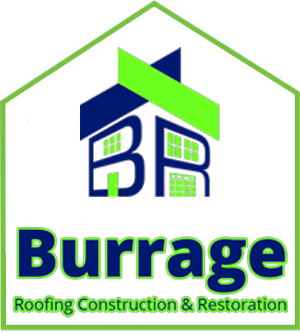Green roofs are an effective way to introduce greenery into urban areas, addressing major environmental issues. They enhance building aesthetics and contribute to stormwater management and reduced energy costs. Regular maintenance is crucial for optimal performance and longevity. Whether for beauty or environmental concern, green roofs transform empty rooftops into vibrant spaces benefiting both people and nature.
Now, let’s explore why Burrage Roofing is your trusted partner in Moline, IL for green roof solutions.
Why Choose Burrage Roofing for Your Green Roof in Moline, IL
Burrage Roofing is a leader in exterior restoration, boasting over 30 years of expertise. They specialize in designing and installing robust green roof systems tailored to your needs, enhancing energy efficiency, stormwater management, and aesthetics.
As an IKO Craftsman Premier Installer and BBB Accredited Business, Burrage Roofing prioritizes quality and durability. Partnering with top suppliers like SRS, ABC Supply, and James Hardie ensures premium materials and craftsmanship. Choosing Burrage Roofing means skilled professionals dedicated to customer satisfaction, guiding you from the initial consultation through post-installation maintenance with clear communication and professionalism.
Contact Us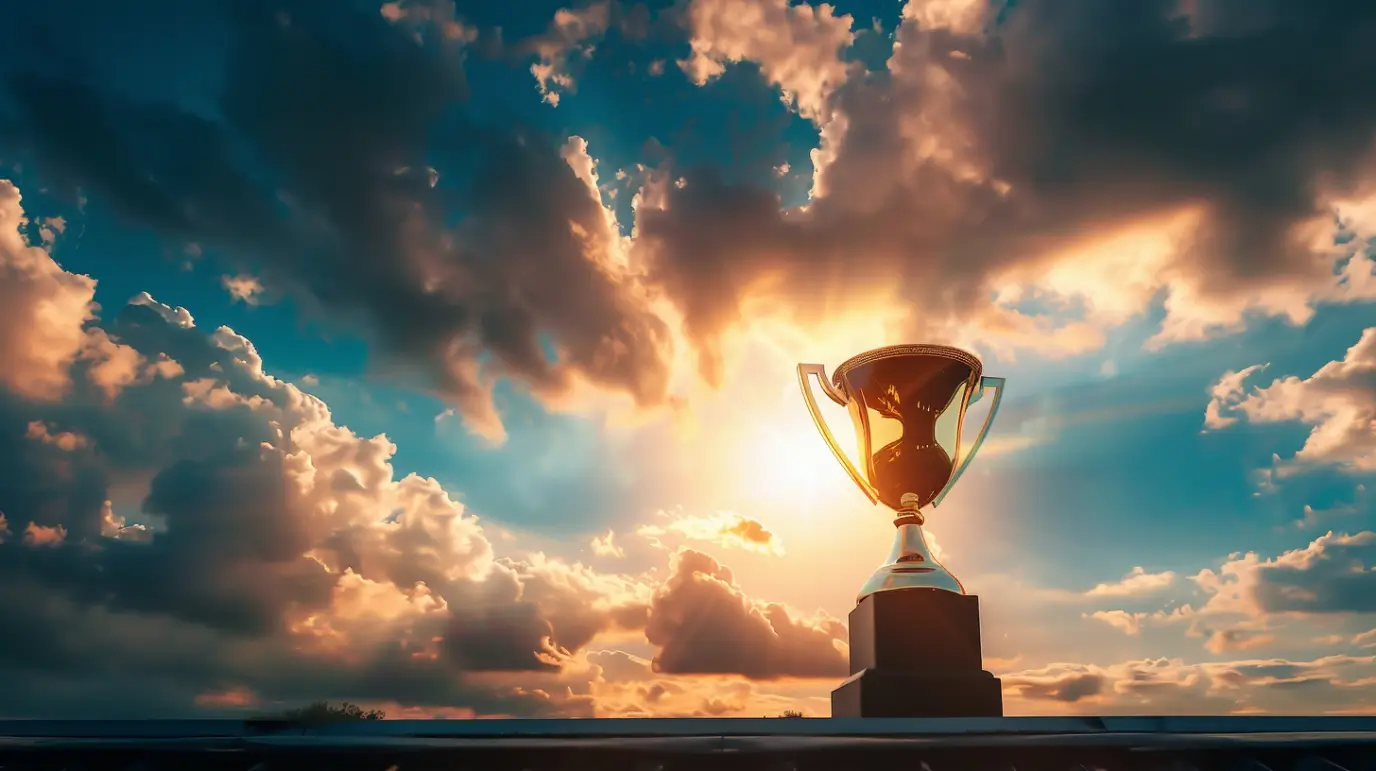
Our Certifications, Partnerships, and Experience
Burrage Roofing stands out as Moline, IL’s top roofing contractor due to our certifications, partnerships, and extensive experience. We are an IKO Craftsman Premier Installer and a BBB Accredited Business, committed to high standards and reliable green roof work.
We partner with leading suppliers like SRS, ABC Supply, and Richards Supply to ensure your green roof features strong substrates, healthy vegetation, and effective drainage tailored to local needs.
With over 30 years of expertise in exterior restoration, our team not only delivers functional roofs but also ensures they look great. Whether for your home or business, we prioritize craftsmanship and clear communication about your new roof. This dedication has established Burrage Roofing as a leader in the industry. We proudly say: “Building Knowledge One Roof at a Time!”
Commitment to Quality and Customer Education
At Burrage Roofing, customer satisfaction is our priority. To ensure your green roof thrives, we provide clear information on maintenance, including watering and drainage checks.
Our expert team prioritizes quality at every stage. We use robust waterproofing, quality growing mediums, and reliable drainage layers while adhering to strict safety standards. You can trust that your green roof will be durable and effective.
We also empower you with knowledge about maintaining your green roof. Our customer education covers essential tasks like weed control and nutrient adjustment, taught by our roofing professionals.
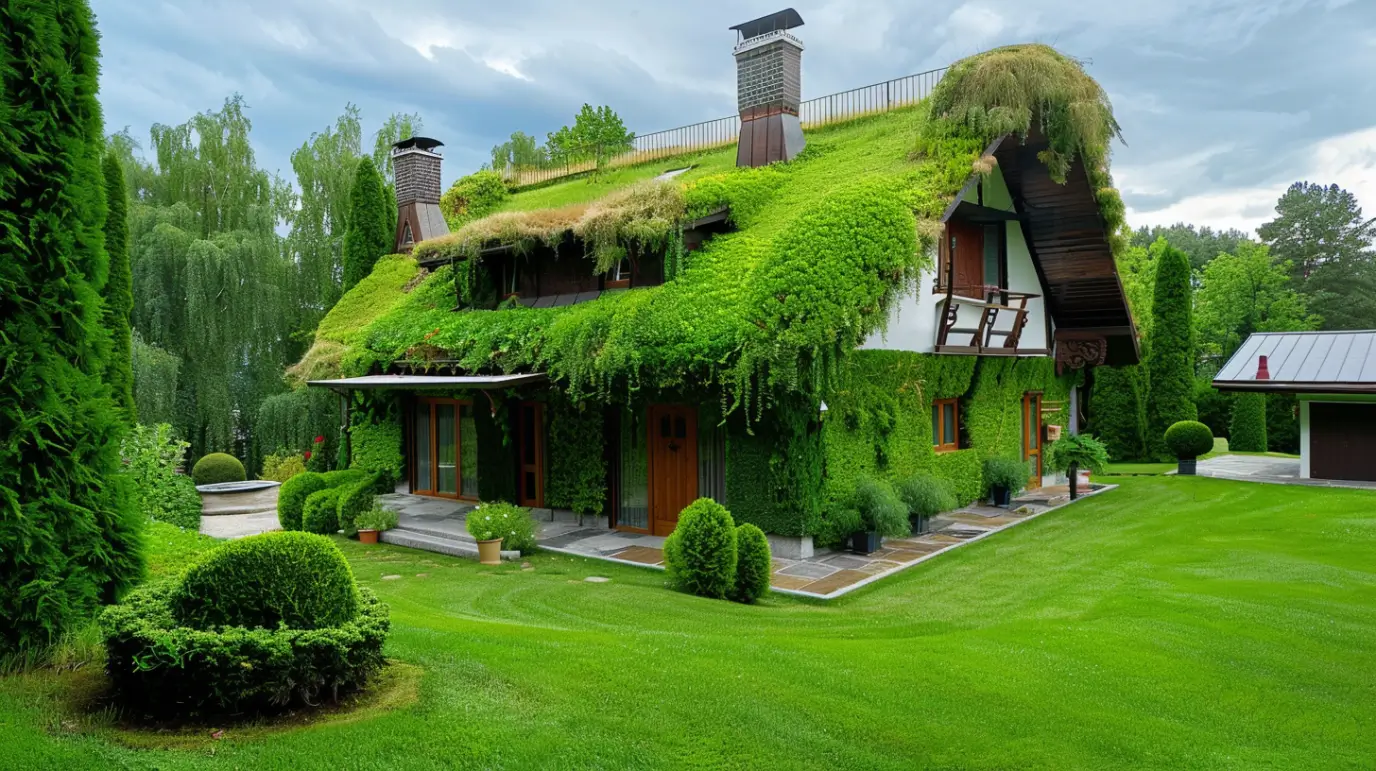
Understanding Green Roofs
Green roofs, or living roofs, integrate vegetation into city buildings by adding layers of plants on traditional roofs. They enhance urban green space and benefit the environment through improved stormwater management and cleaner air.
There are two types of green roofs: extensive systems, which require low maintenance, and intensive systems, which support a variety of plants but need more upkeep. By understanding the types and benefits of green roofs, you can choose the one that fits your stormwater needs and maintenance preferences.
What Defines a Green Roof?
A green roof, or living roof, offers more than aesthetic appeal; it’s a layered system that supports plant growth while protecting the underlying structure. Key components include a waterproofing membrane to prevent leaks, drainage layers for excess water, and a specialized soil mix for plants.
Green roofs combine beauty with environmental benefits. They can feature a variety of plants, from drought-resistant sedums to larger shrubs, depending on the chosen design. This system enhances roof longevity and manages stormwater, improving water quality and protecting the surface.
People choose green roofs for various reasons: energy savings, increased green spaces, and enhanced biodiversity. A living roof exemplifies how sustainable practices can thrive in urban settings.
Types of Green Roof Systems
Green roofs are categorized into two systems: extensive and intensive, each with unique benefits.
Extensive green roofs have a lightweight structure and a shallow growing medium (2 to 6 inches), supporting low-maintenance plants like sedum that thrive in urban settings, helping reduce air pollution and urban heat.
Intensive green roofs require deeper substrates (over 6 inches), accommodating a wider variety of plants, including shrubs and small trees. Though they need more complex irrigation and maintenance, they enhance biodiversity, green space, stormwater management, and energy efficiency in buildings.
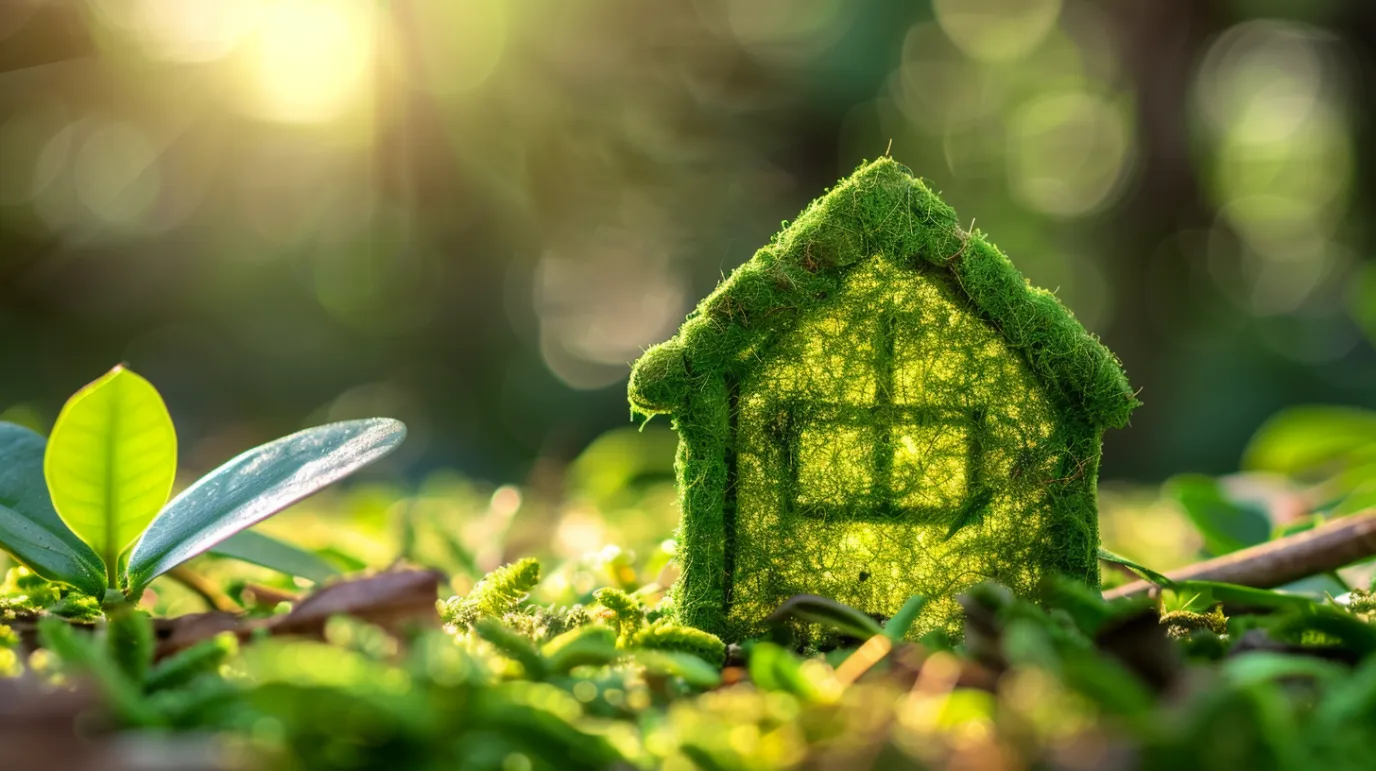
Essential Components of a Green Roof
A green roof functions best when all its components work together. The waterproofing membrane prevents leaks, ensuring the building’s integrity. Above this, the drainage layer manages excess water, keeping plants healthy.
The growing medium provides nutrients and stability for the plants. Each element contributes to sustainability. A well-designed green roof aids in stormwater management and improves air quality—its primary functions. When designed and installed properly, a green roof will be both aesthetically pleasing and effective for years to come.
Waterproofing and Drainage Layers
Effective waterproofing and drainage layers are crucial for a green roof system, ensuring plant health and structural integrity. A quality waterproofing membrane prevents water infiltration, protecting the roofing material from damage. A robust drainage layer is equally important; it prevents excess water buildup, ensuring proper drainage and moisture balance for vegetation.
Lightweight aggregates or gravel can enhance water flow and aeration in the drainage system. Regular maintenance should include monitoring drainage pathways for blockages and ensuring adequate runoff during storms. Investing in these systems supports biodiversity on roofs and enhances urban resilience against the heat island effect.
Growing Medium and Plant Selection
Choosing the right growing medium and plants is vital for a successful green roof. Lightweight substrates, made of minerals and organic matter, ensure proper drainage while retaining moisture for various plant types. Nutrient levels and water retention are key for robust growth, especially for extensive green roofs with low-maintenance species like sedum.
Diverse plant selection enhances aesthetics and promotes biodiversity, helping to mitigate air pollution and support urban wildlife. Opting for species resilient to temperature changes and water availability will ensure the longevity of your green roof, creating a thriving urban green space.
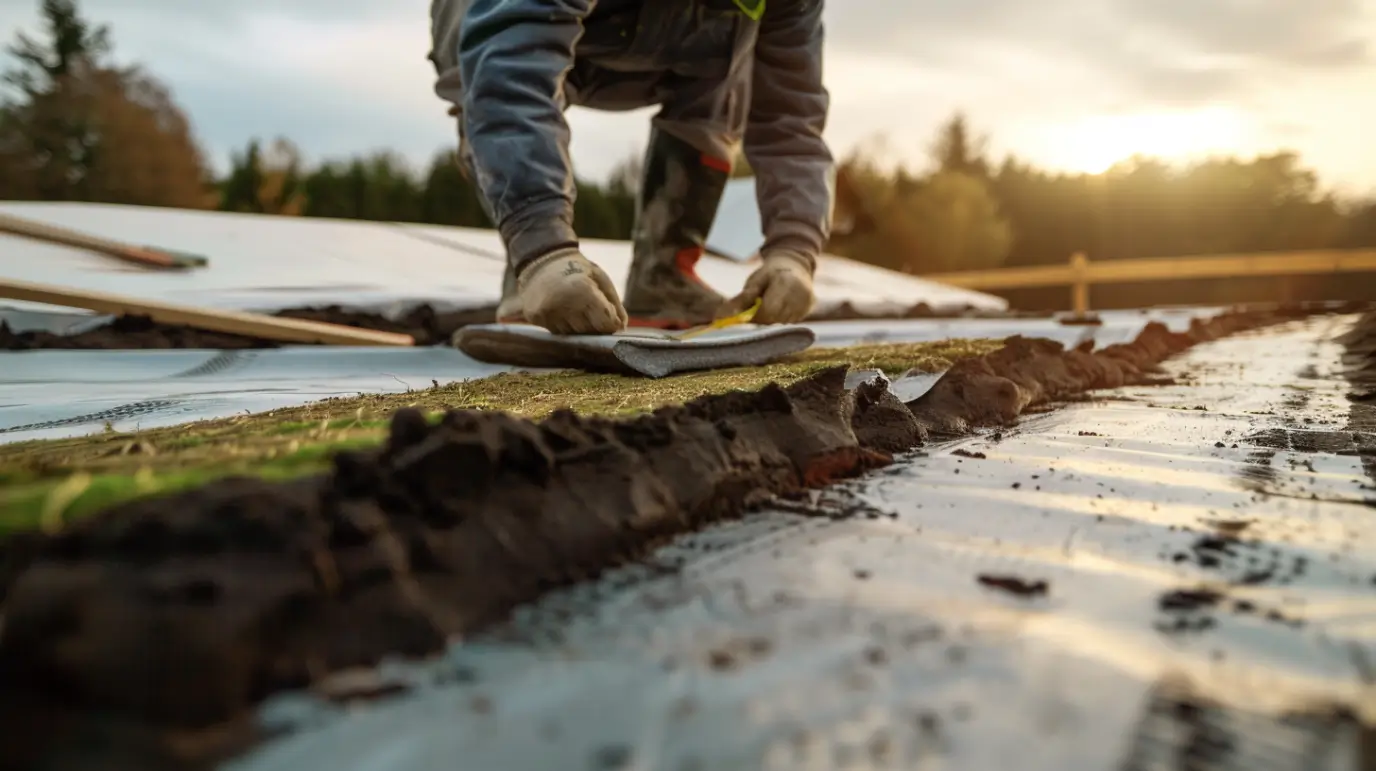
Key Benefits of Installing Green Roofs
Green roofs offer innovative solutions for cities and residents. They enhance insulation, reducing energy costs by keeping buildings cooler. Additionally, they increase green space and filter air pollutants.
These roofs also manage stormwater runoff, slowing water drainage and easing the burden on drainage systems during heavy rain. Suitable for various buildings, including homes and shops, green roofs benefit the environment, save money, and enhance aesthetics. Choosing a green roof promotes better living for everyone.
Energy Efficiency and Insulation Advantages
More people are adopting green roof systems due to their energy-saving benefits. The soil and vegetation provide excellent insulation, reducing the need for heating and cooling. Additionally, green roofs mitigate the heat island effect, maintaining stable indoor temperatures.
A proper drainage layer is crucial for managing soil moisture and enhancing thermal performance. With rising energy costs in urban areas, green roofs offer a sustainable solution that can lower utility bills for both homeowners and businesses.
Stormwater Management and Water Retention
Green roofs play a crucial role in stormwater management by effectively retaining water. Through the utilization of a drainage layer and a durable growing medium, these roofs capture and filter rainwater, thereby decreasing runoff and alleviating strain on city storm sewers.
The implementation of proper drainage mechanisms also helps in preventing water accumulation, thus reducing the likelihood of damage and leaks. As a result, water quality is enhanced as fewer pollutants make their way into water bodies, ultimately benefiting urban ecosystems. This sustainable approach to incorporating green roofs into city planning not only aids in stormwater management but also addresses challenges posed by climate change, making cities more resilient to environmental impacts.
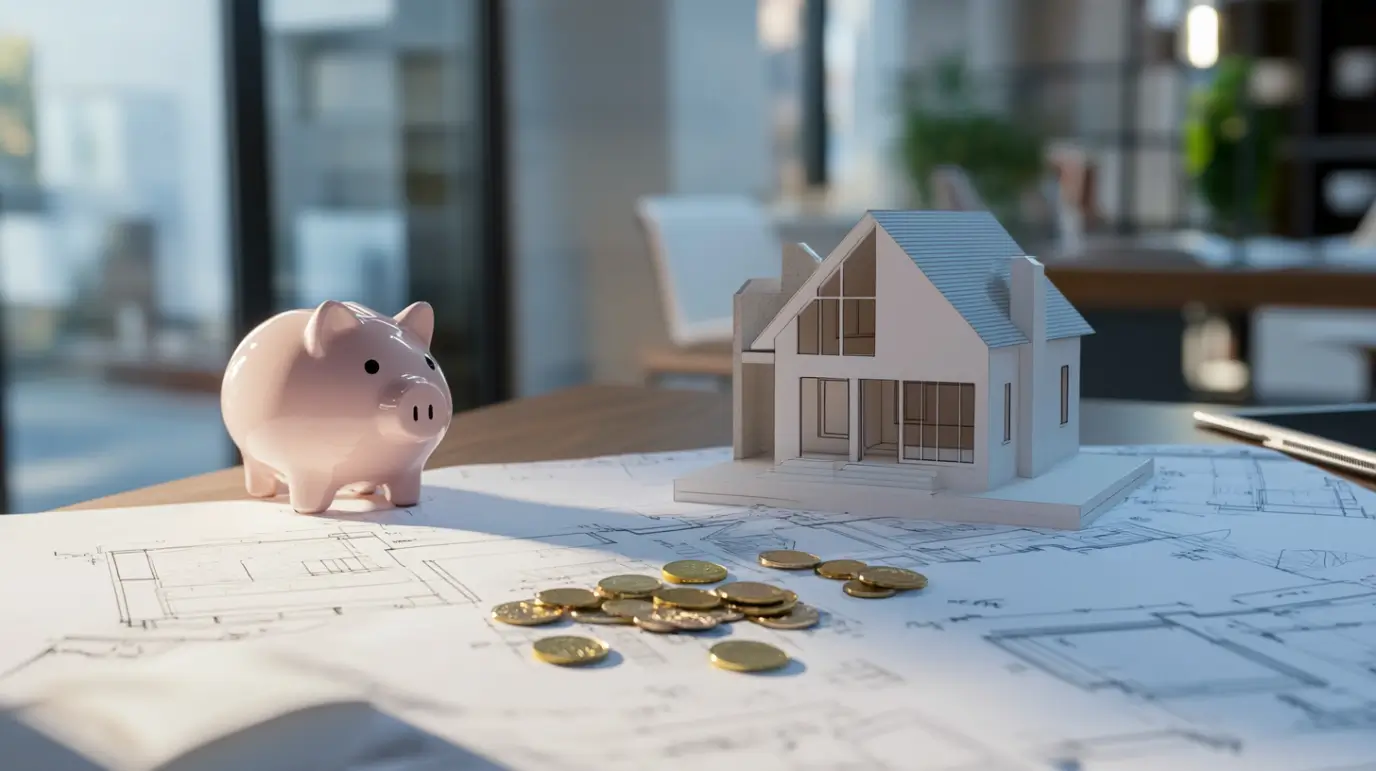
Economic Value of Green Roofs
Investing in a green roof offers more than just initial energy savings. Homes and buildings with green roofs often increase in value due to lower energy costs and enhanced efficiency. Larger green roofs extend roof lifespan by providing insulation against heat, cold, and rain, reducing long-term repair or replacement expenses.
Additionally, green roofs improve urban air quality, making areas more desirable for residents and strengthening the local real estate market. Thus, a green roof benefits not only individual properties but also neighborhoods and contributes to long-term economic growth for cities and towns.
Increasing Property Value
Installing a green roof can increase your property’s value, especially in urban areas where it’s highly sought after. It enhances aesthetics and attracts potential buyers while improving energy efficiency and lowering costs—benefits appreciated by environmentally conscious individuals.
Additionally, a green roof aids in stormwater management and boosts biodiversity, making your property stand out in the market. By investing in a green roof, you enhance your property’s long-term value, positioning it as a top choice among numerous real estate options.
Extending Roof Lifespan
A green roof system extends your roof’s lifespan. The vegetation and growing medium shield the waterproofing membrane from harsh sunlight and temperature fluctuations, reducing water damage and leaks. This leads to lower repair costs. Additionally, a well-designed irrigation and drainage system enhances the roof’s durability, ensuring the waterproofing and membrane last longer while providing all the benefits of a green roof.
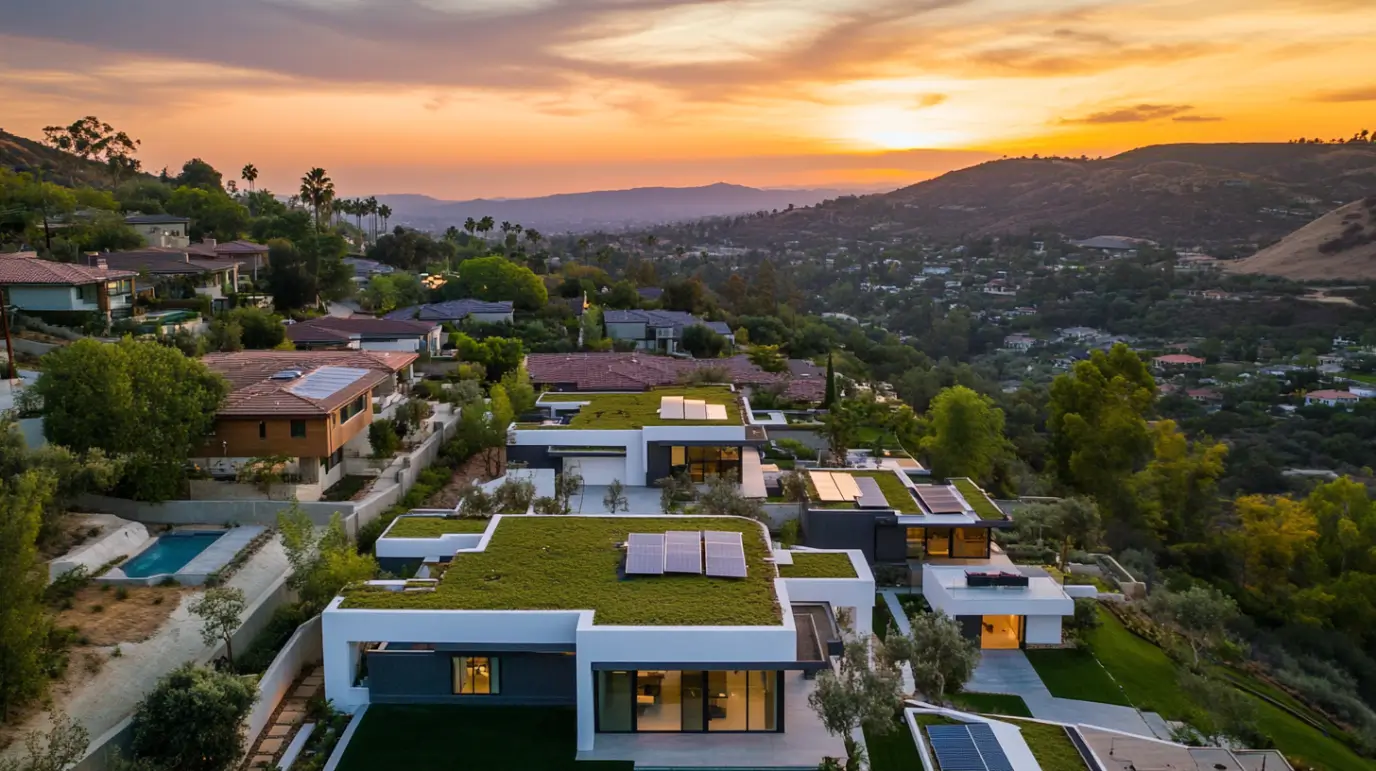
Maintenance Tips for Long-Lasting Green Roofs
Regular maintenance of your green roof extends its lifespan and enhances performance. Frequently check the waterproofing membrane and drainage system to prevent water damage and ensure proper drainage, especially after heavy rain. Monitor nutrient levels in the growing medium and adjust as needed for healthy plant growth.
Implement a seasonal care plan that includes weed control and appropriate irrigation. These practices are vital for maintaining biodiversity and maximizing energy savings. Consulting experts can further improve your green roof’s upkeep.
Seasonal Care Throughout the Year
Maintaining a green roof is a year-round commitment that requires consistent care to ensure its longevity and effectiveness. Each season presents unique challenges and tasks to keep the green roof in optimal condition.
During the spring, it is essential to monitor plant growth and assess nutrient levels in the growing medium. This is a critical time for assessing the overall health of the vegetation and making any necessary adjustments to promote healthy growth.
As summer arrives, proper irrigation becomes crucial, especially for intensive green roofs that may require more water. Additionally, it is important to be vigilant against pests and weeds that can threaten the health of the plants and impact the roof’s aesthetics.
Routine Inspection and Early Problem Detection
Regular inspections are very important for keeping a green roof system in good shape. These check-ups help you find problems with drainage, water pooling, or issues with waterproofing before they grow into big, costly repairs. Watching the plants is also needed, as you can spot pests or disease early and deal with them fast. When you follow a plan for your maintenance tasks, you can help your green roof last longer. This also helps you get the most from your stormwater management and saves more energy over time.
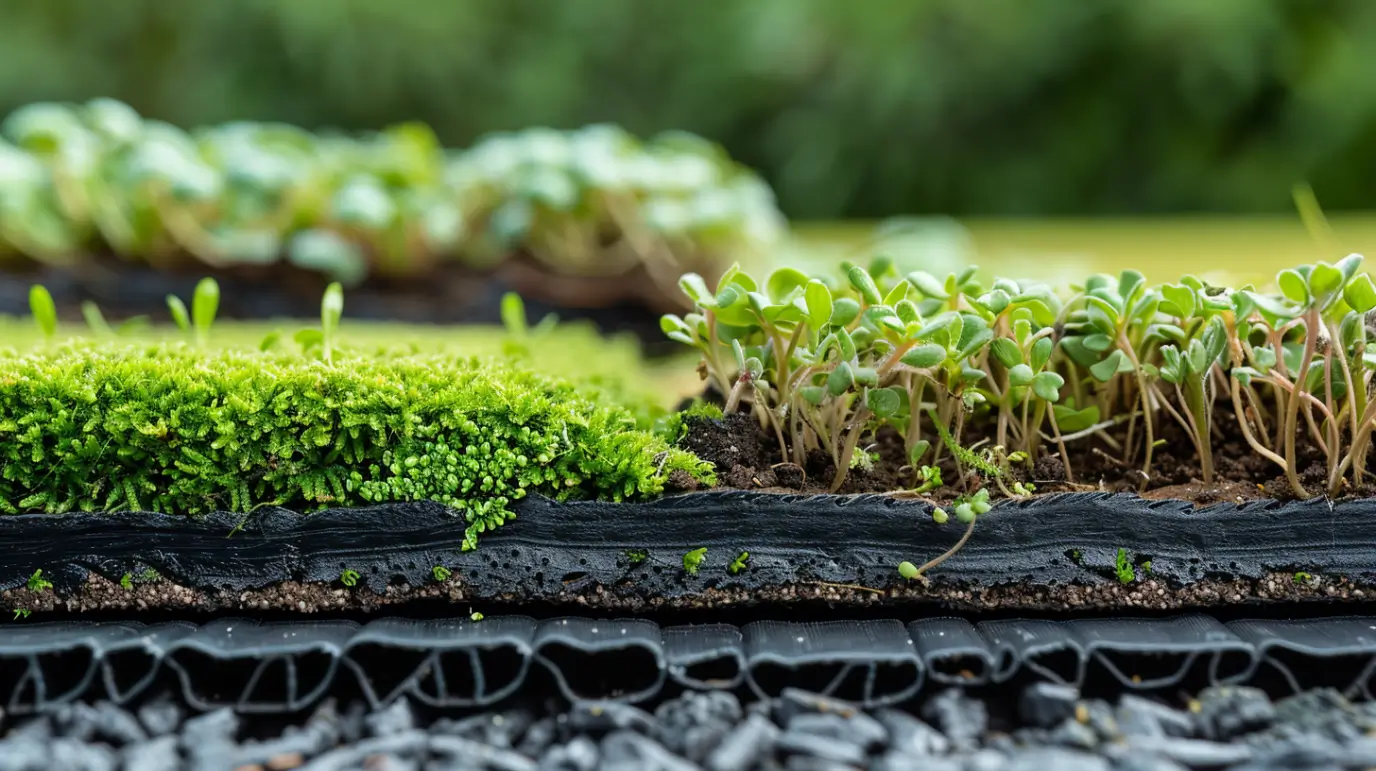
Common Challenges and How to Overcome Them
Maintaining green roofs presents challenges, especially with pests and weeds that can hinder plant growth. Regular inspections and effective weed control are essential to preserve the ecosystem’s balance.
Addressing drainage and watering issues is also crucial. A proper drainage system ensures excess water flows out correctly, reducing water damage and maintaining functionality. Implementing suitable irrigation practices and monitoring drainage layers allows you to enjoy the benefits of green roofs while minimizing complications.
Dealing with Pests and Weeds
Green roofs are not immune to pest and weed infestations, which can compromise their health and aesthetics. To combat these challenges, selecting resilient plant species and utilizing a substrate that encourages air circulation and water drainage is essential. Conducting routine inspections of the green roof enables early detection of pests and weeds, facilitating prompt intervention strategies. Implementing natural predators or organic remedies for pest control can help maintain the roof’s ecological balance.
Effective weed management not only enhances the visual appeal of the green roof but also promotes proper drainage and nutrient availability for robust plant development. Additionally, incorporating sustainable practices such as using rainwater harvesting systems can further support the overall health and longevity of the green roof ecosystem.
Addressing Drainage and Watering Issues
Proper drainage and watering are vital for the health of a green roof system. A well-designed drainage layer prevents water accumulation that can damage the waterproofing membrane. Regular assessments ensure effective function, especially during heavy rainfall, reducing stormwater runoff and providing adequate moisture for plant growth.
Additionally, an efficient irrigation system supports diverse plant species. Managing nutrient levels in the growing medium boosts vegetation health and biodiversity. Routine inspections enable early issue detection, helping your living roof thrive long-term.
Get in Touch
Green roofs provide more than aesthetics; they enhance urban biodiversity and air quality. A well-maintained green roof can reduce energy costs by mitigating the heat island effect and managing stormwater runoff. Regular upkeep—monitoring irrigation, inspecting waterproofing, and ensuring proper drainage—is vital for success. Diverse plant selection enhances visual appeal and ecosystem resilience.
At Burrage Roofing in Moline, IL, we take pride in our accolades and partnerships that underscore our commitment to quality and sustainability. With knowledge and dedication, our team transforms urban spaces into vibrant, sustainable areas.
Read our blog: Cool Roofs to Combat Urban Heat Islands
Frequently Asked Questions
How often should a green roof be maintained?
Taking care of a green roof helps it stay healthy and last longer. You should check and look after it at least two times each year, once in spring and once in fall. Also, make sure to look at it after there is a big storm or strong weather.
Will a green roof increase my energy savings?
Yes, green roofs can significantly enhance energy savings by providing natural insulation. They reduce heat absorption in summer and retain warmth during winter. This can lower heating and cooling costs, making your home more energy-efficient while promoting environmental sustainability.
